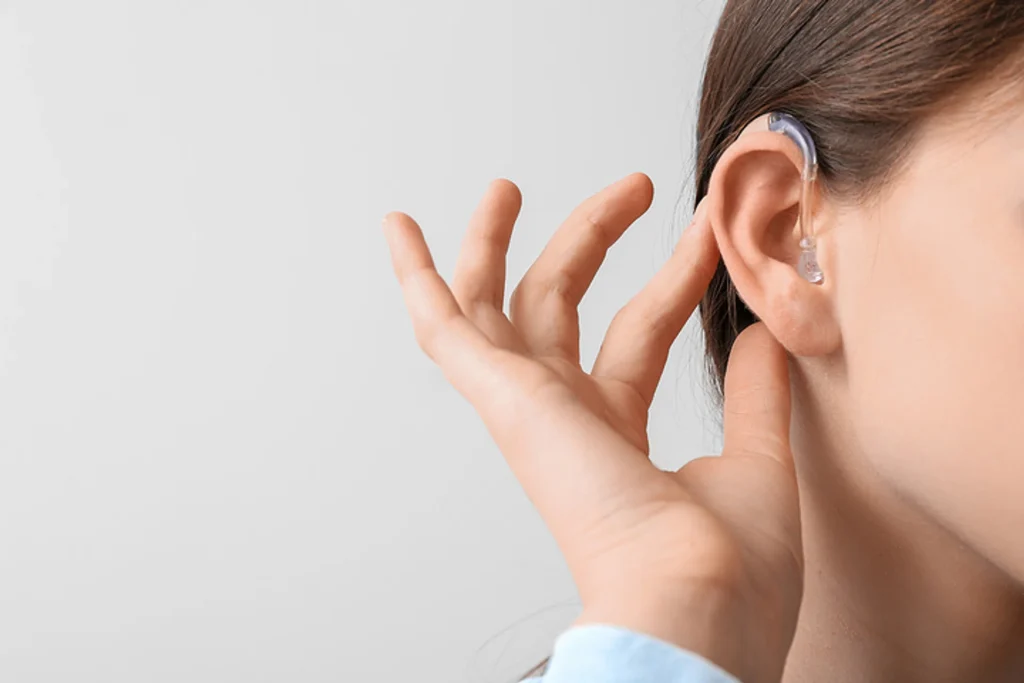[SINGAPORE] “You have severe hearing loss in some frequencies. In fact, you already qualify for a hearing aid.”
I had long expected this diagnosis, but that did not make it easier to accept.
I am deaf to many high-pitched noises. I have had tinnitus – the constant ringing in the ears that is a sign of permanent damage – for years. This type of hearing loss is incurable, so now I’m looking for a hearing aid.
At 42, I’m around a decade early for the typical onset of age-related hearing loss, especially since “severe” is just a step below the highest level of hearing loss, “profound”.
Finding it increasingly difficult to hear people in noisy places and knowing that hearing loss is the single most important risk factor for dementia drove my decision to get a hearing aid.
Cases like mine are becoming more common.
A NEWSLETTER FOR YOU

Friday, 2 pm
Lifestyle
Our picks of the latest dining, travel and leisure options to treat yourself.
“Over the last 10 to 15 years, there has been an increase in hearing aid adoption in Singapore,” says Karen Lai, country managing director and principal audiologist at 20dB Hearing Singapore. “This is especially evident among the working adult population in their 40s to 60s, and tech-savvy seniors.”
While age-related hearing loss and attendant hearing aid use by those 60 and above is on the rise, sector observers note that the adoption of such devices is increasing among younger adults, too. Plus, this demographic is spending more on the technology.
“Hearing aid users today are more informed, more demanding, and more willing to invest in solutions that enhance not only their hearing, but also their overall lifestyle and social participation,” says Lai.
The sector has evolved as well, with more hearing clinics and centres opening in Singapore as competition heats up.
Haven’t you heard?
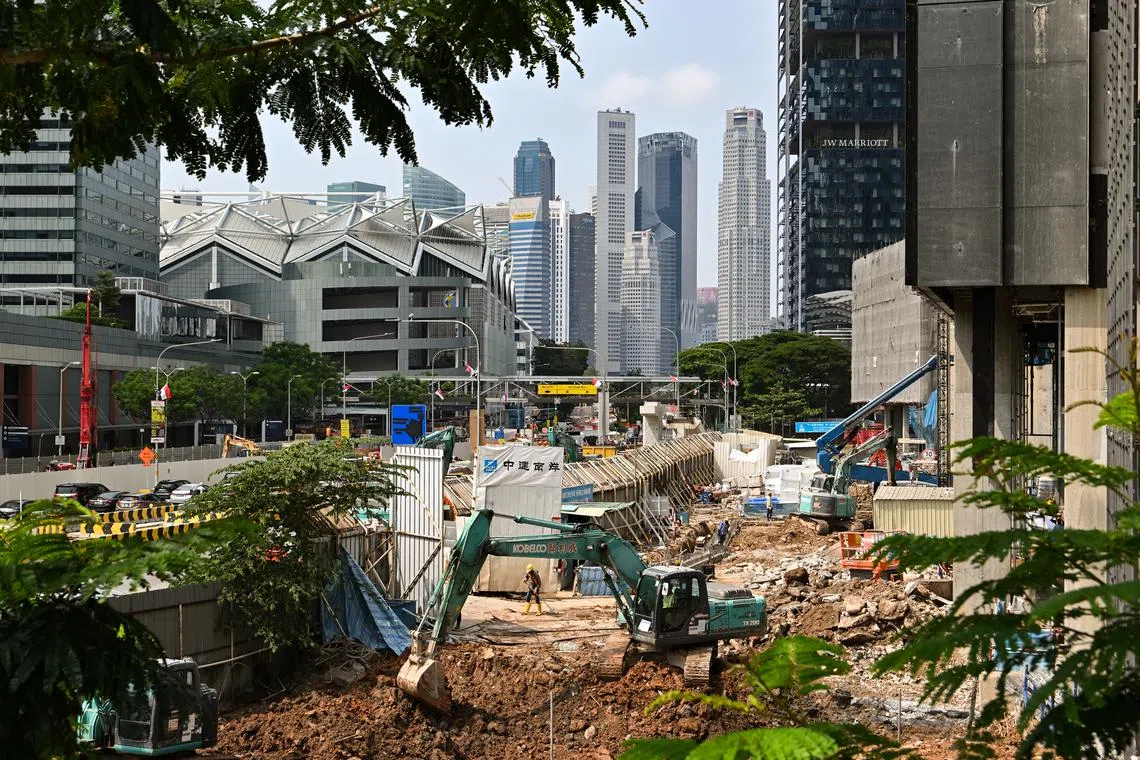
According to the World Health Organization, more than 5 per cent of the global population, or around 430 million people, has disabling hearing loss. This figure is expected to grow to over 700 million by 2050 – or one in four individuals worldwide.
Unaddressed hearing loss costs the global economy US$1 trillion a year.
The Singapore Association for the Deaf estimates that around 500,000 people here suffer from some form of hearing loss. There are many causes, including noise exposure, genetic factors, and the side effects of certain medications.
Last year, the Ministry of Manpower said that noise-induced deafness was the top occupational disease in Singapore, with 300 cases reported in the first half of 2024.
There are no comprehensive official statistics on hearing loss or hearing aid use in the Republic, but both have increased in recent years, as the population ages and awareness of hearing loss grows through more screenings and public education.
Last September, the Ministry of Health (MOH) said that the prevalence of self-reported hearing loss in adults between the ages of 18 and 74 rose to 9.2 per cent in 2023, from 1.3 per cent in 2013. This increase was the most pronounced among adults aged 60 and above.
“Historically, the average hearing aid user in Singapore was around 70 years old, with most first-time users aged 65 and above. Over the past decade, we’ve seen more adults in the 40-to-60 age bracket seeking hearing solutions.”
—
Tony Lee, president and managing director of Demant South East Asia
Noise exposure is also a factor. Lai of 20dB points out that “Singapore, being a dense urban city, has multiple noise sources – MRT, traffic and dining areas can reach sound levels exceeding 85 decibels”.
“Long-term exposure to noise above this threshold can cause noise-induced hearing loss,” she adds. 20dB Hearing runs the largest chain of hearing centres in both Singapore and Malaysia.
Benjamin Yeap, a senior clinical audiologist at Hearing Partners, says that lifestyle choices can also be a contributing factor, especially among younger people.
For example, using headphones and earphones, as well as going to concerts, can play a part in noise-induced hearing loss, he says. “Other scenarios include attending exercise classes, such as spin classes, and other outdoor events with loud noise, such as Formula 1 races.”
Hearing Partners operates hearing centres in Singapore and Malaysia. It is held by Audika Group, a subsidiary of Danish healthcare group Demant, which owns hearing aid brands Oticon and Bernafon, and is listed on the Nasdaq Copenhagen.
Ear up
Based on industry estimates, hearing aid use in Singapore rose by 70 per cent between 2014 and 2024.
Olivier Chupin, regional president for the Asia-Pacific at WS Audiology, says: “Anecdotal feedback from hearing care professionals and clinics across Singapore reflects an upward trajectory… The global hearing aid market has seen consistent year-on-year growth, and Singapore mirrors that.”
WS Audiology, also Danish, is the top seller of hearing aids globally. Its brands include Signia, Rexton, Vibe, Audio Service and Widex. The group has a regional headquarters and production facility in Singapore.
MOH data shows that the number of seniors using hearing aids rose from 800 in 2012 to 5,500 in 2015.
“Our own records reflect an upward trend, with sales and fittings increasing by around 10 to 15 per cent annually in recent years,” adds Yeap.
Efforts in Singapore to increase awareness, screening and availability of the devices have contributed to the overall increase in hearing aid use.
Dr Annabelle Leong, an ear, nose and throat specialist, says that hearing aids can be purchased through government restructured hospitals – which offer subsidies for those eligible – private audiology shops, hearing centres, and the Singapore Association for the Deaf.
Hearing aid prices range from around S$2,000 a pair for entry-level models to S$18,000 a pair for top-of-the-line offerings.
In Singapore, hearing aids are not covered by insurance. Neither are they claimable through MediSave.
However, the Seniors’ Mobility and Enabling Fund (SMF) as well as the Assistive Technology Fund (ATF) can cover up to 90 per cent of the cost of hearing aids for those who meet the eligibility criteria.
SMF is for those above 60 and with a monthly household income per capita of less than, or equal to, S$2,600. ATF has an identical monthly household income requirement, but no age criteria.
The Agency for Integrated Care, which administers SMF, reported a significant increase in the number of seniors receiving subsidies for hearing aids. The figure surged 70 per cent to over 5,000 in 2023, from 3,000 in 2019.
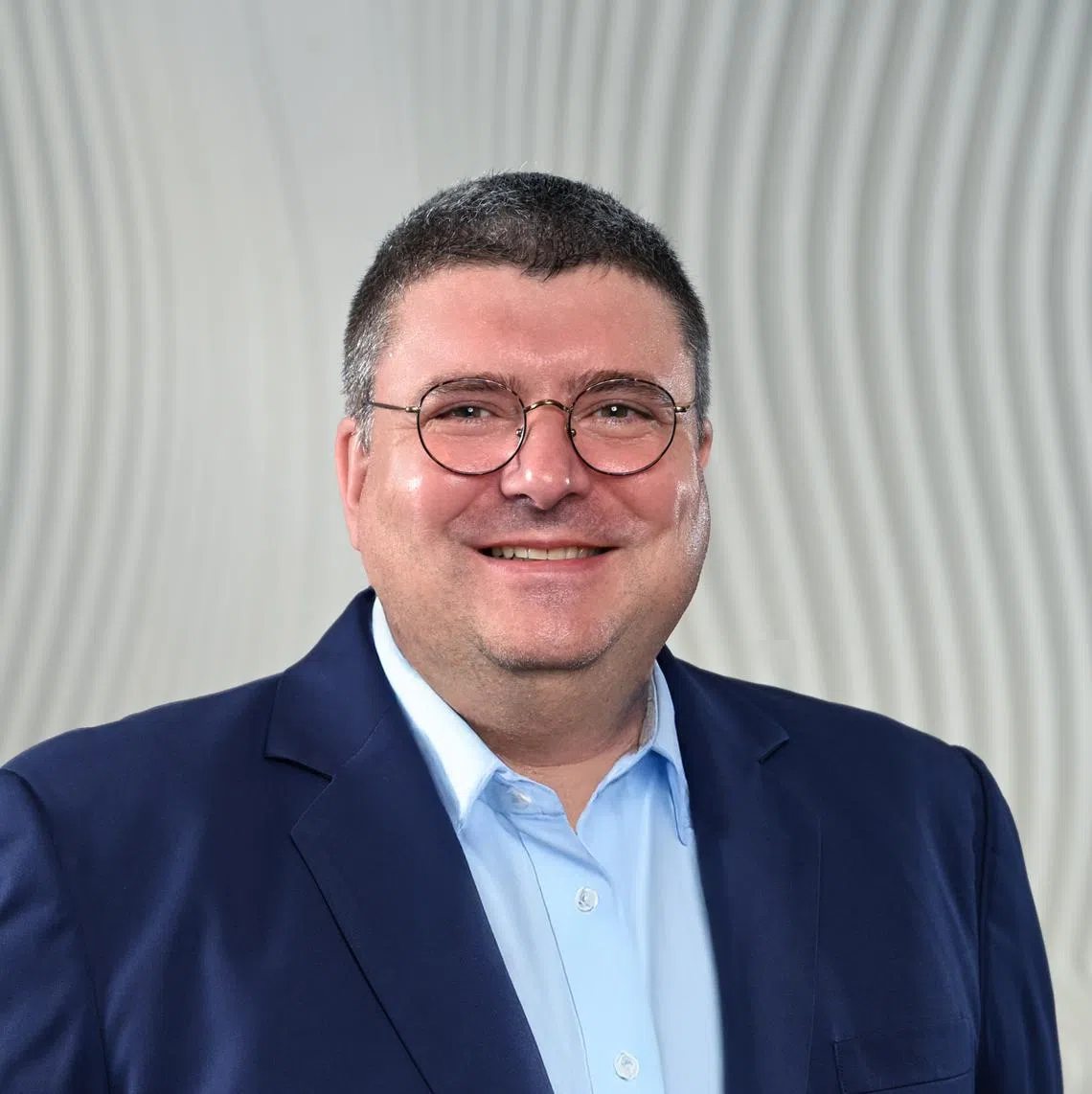
“There isn’t necessarily a sharp increase in severe hearing loss cases, but rather, more people are becoming aware of mild to moderate hearing issues and are seeking help earlier,” says Chupin.
For example, Project Silver Screen, a nationwide health screening programme for Singaporeans above 60 years old, has been running since 2018. It tests for declines in hearing, vision and oral health.
A Duke-NUS study analysing 76,459 Silver Screen participants from 2018 to 2021 showed that about 65 per cent of them had hearing abnormalities, with around 11 per cent going on to use hearing aids.
“Dr Annabelle Leong says that excluding younger users from subsidised hearing aids ‘doesn’t make sense, as the productive younger years are probably the time when you need your hearing to be optimised for work and education’. ”
These trends are expected to continue.
“The demand for hearing care in Singapore is expected to rise, driven by an ageing population and greater awareness of hearing health,” says Chupin.
“Based on internal estimates and market trends, we anticipate a 20 to 30 per cent increase in hearing aid adoption over the next five years.”
The times, they are a-changin’
Audiologists, doctors and healthcare industry professionals tell The Business Times that while hearing aid adoption is typically seen among those older than 65, take-up by a younger, working demographic has been increasing.
Tony Lee, the president and managing director of Demant South East Asia, says: “Historically, the average hearing aid user in Singapore was around 70 years old, with most first-time users aged 65 and above. Over the past decade, we’ve seen more adults in the 40-to-60 age bracket seeking hearing solutions.”
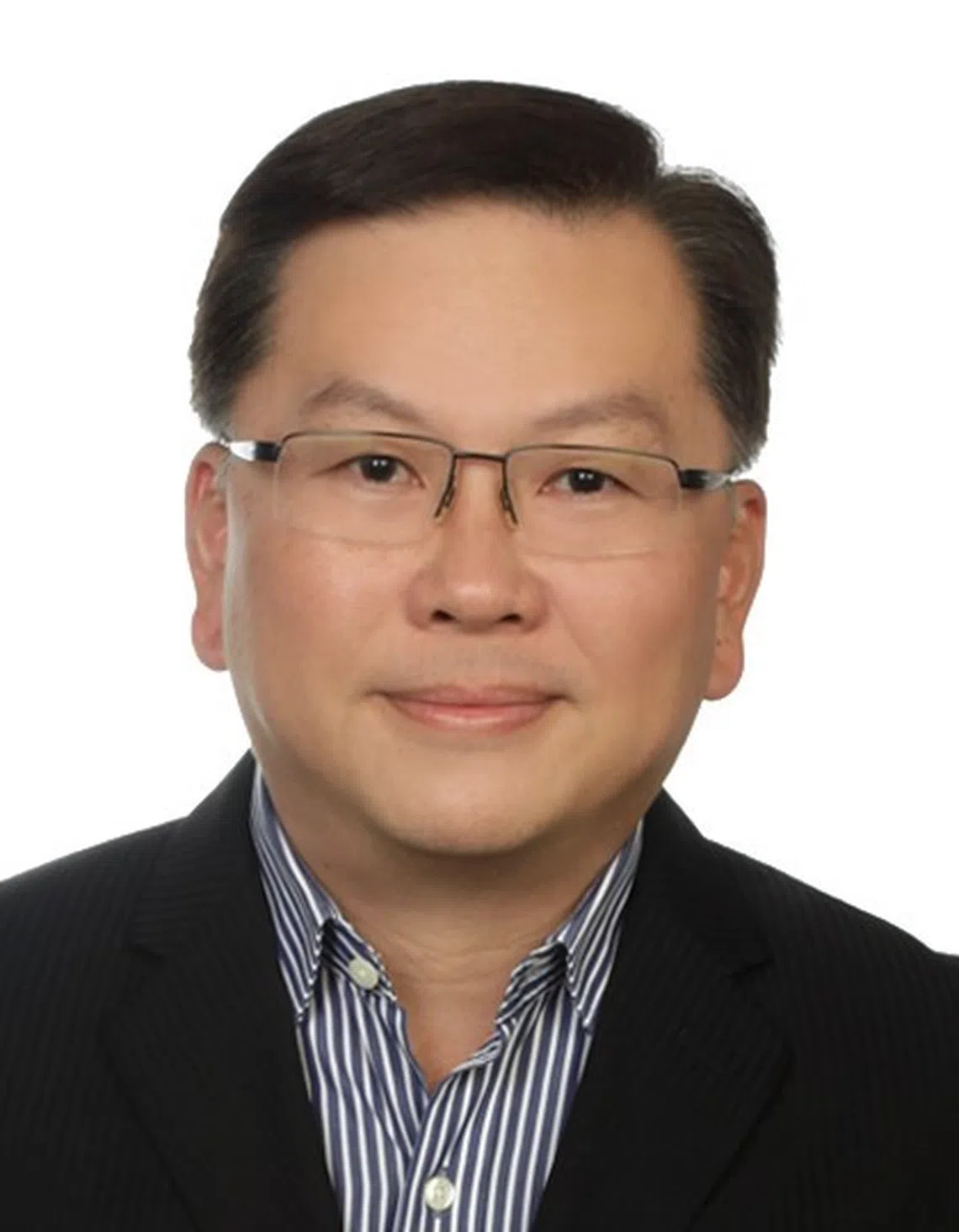
Unlike older hearing aid users, they are not only more aware of hearing loss and its effects, but also more willing to use technology to improve their work performance and stay socially connected.
Jackson Chin, a senior audiologist at Tan Tock Seng Hospital’s otorhinolaryngology department, says that younger generations are generally more receptive to wearing hearing aids. He attributes this to a higher level of education.
These individuals also tend to have better access to information through the Internet and social media, and are more aware of the risks of untreated hearing loss, such as social isolation and a strong correlation with dementia.
They are using hearing aids to improve their work performance as well.
Citing a WS Audiology study of more than 500 Australians, Chupin says that 76 per cent of full-time workers who use hearing aids report greater job satisfaction. More than half say their devices help to either increase their paid work or boost their income.
Chin adds: “They know that being able to hear their colleagues and bosses enables them to contribute more effectively to their workplace. Similarly, being able to hear their family members and loved ones allows them to build deeper connections, add meaning to life – and that is priceless.”
There is also the fact that more discreet models with attractive designs and enhanced capabilities have entered the market.
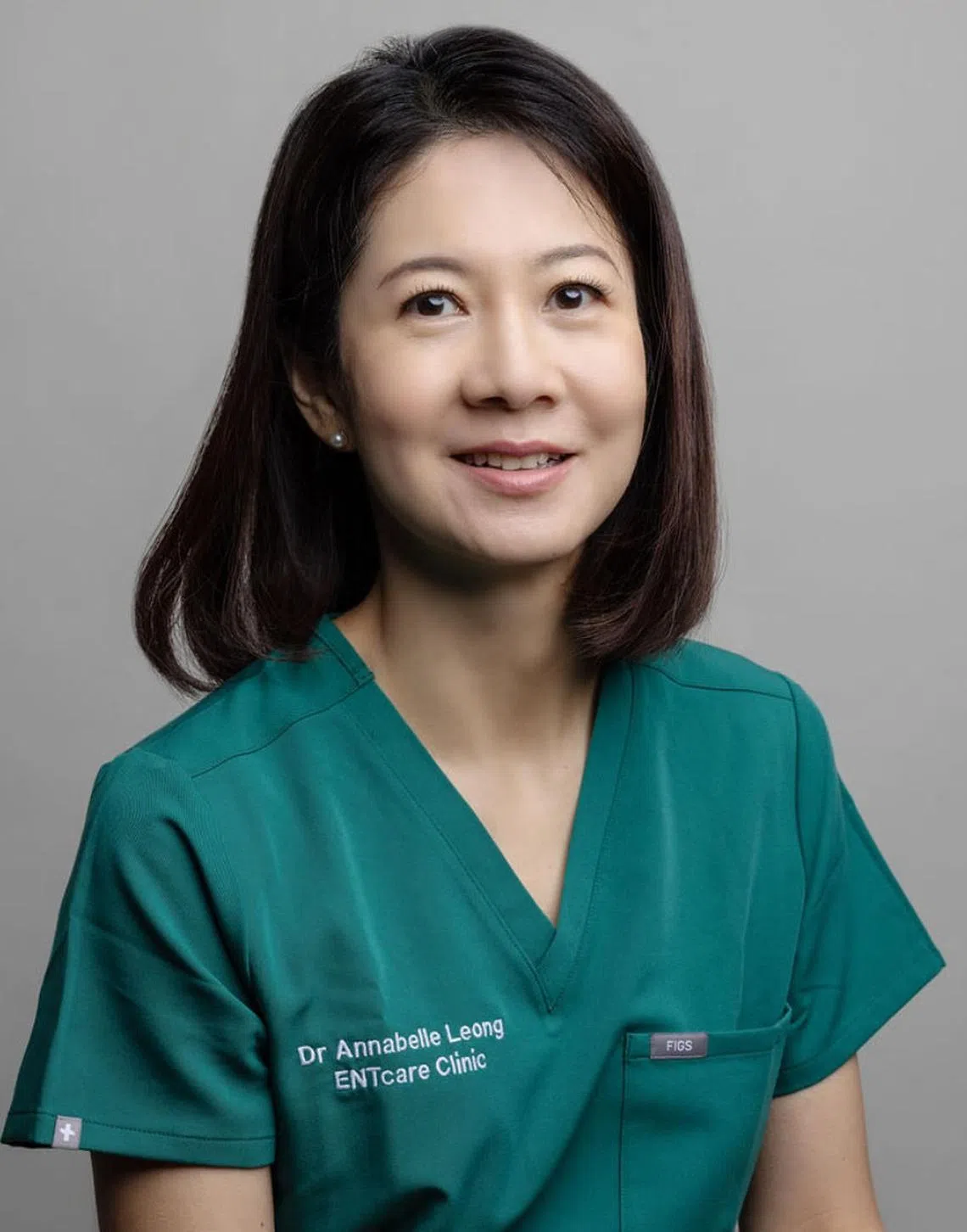
Dr Leong notes that modern hearing aids come in all shapes and sizes to fit a variety of needs. While the actual type of device depends on the user’s requirements, some are small enough to fit inside the ear canal and are barely visible.
Hearing aids are now more effective in filtering out noise from speech with the use of advanced technology. This includes directional microphones, motion sensors, and on-board processors that utilise artificial intelligence to help sort speech from noise.
In addition, their rechargeable batteries can last for days, and some are capable of streaming Bluetooth audio. Users can also make adjustments to their devices without visiting an audiologist.
Chin, who uses a hearing aid himself, says there has been “a definite improvement” in hearing aid utility. Around 10 years ago, he became more willing to use his device for longer periods of time because it had become more comfortable and accurate.
Golden ears
But the improved performance and technology come at a cost, which explains why working-age adopters are more willing to spend more on hearing aids than older users.
Demant’s Lee says many users have a “strong preference” for higher-tier hearing aids.
“For some, especially those who are still active in the workforce or socially engaged, advanced features are a key consideration,” notes Chupin. “These users often prioritise performance in complex environments, and are willing to invest in newer models with the latest technology.”
That is in contrast with older users, for whom cost is still a primary factor, he says. Affordability tends to guide this group’s decision-making.
With a growing user base that is also spending more, Singapore’s hearing aid sector has intensified with competition. More retailers are pivoting to online sales and marketing to reach younger audiences.
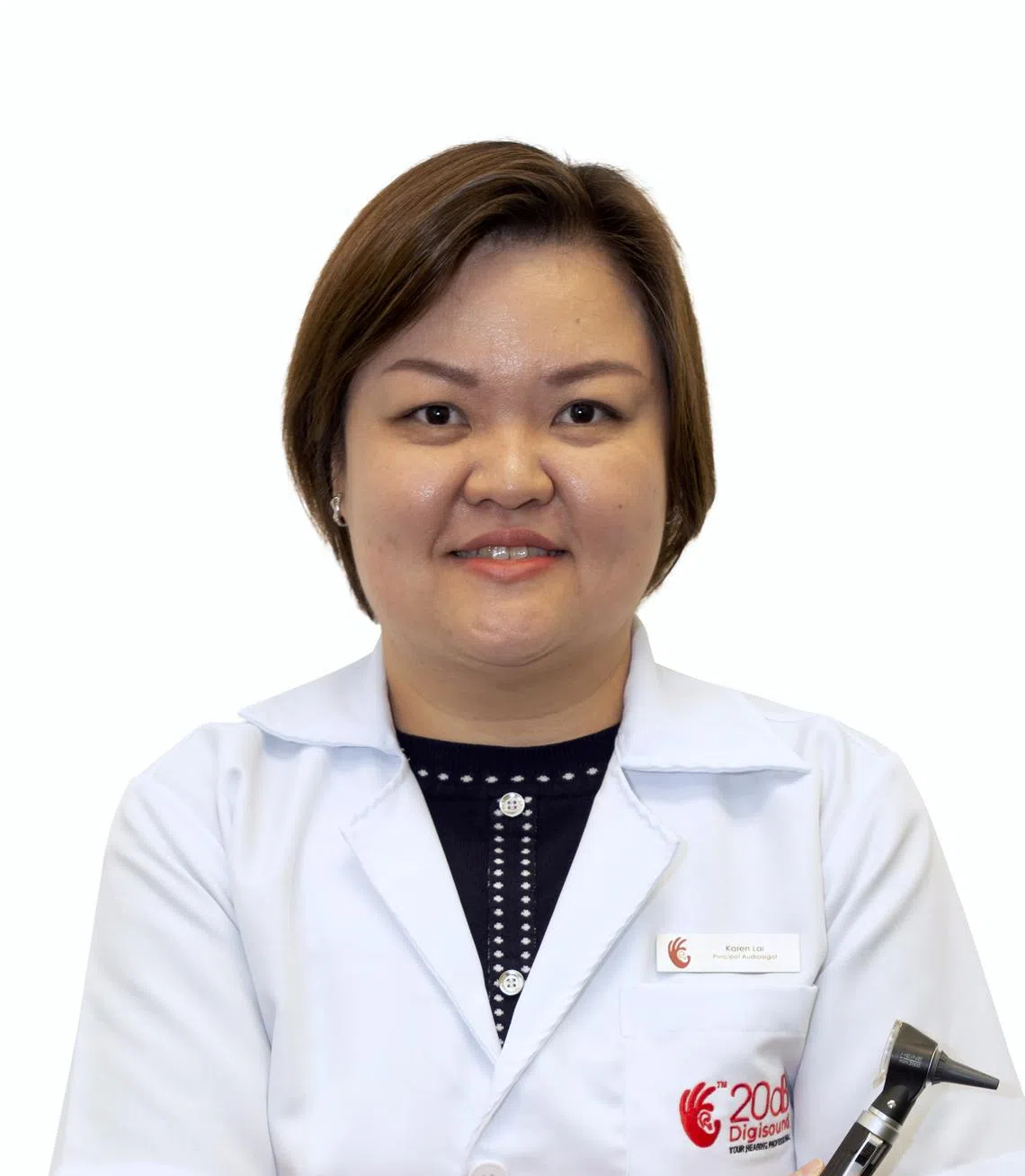
The increase in hearing aid companies and service providers has been noticeable, says Lai of 20dB. The number has grown from just a handful of major players than more than 30 firms now, spanning multinational brands and home-grown audiology practices.
“Competition in Singapore’s hearing care market has certainly increased. The landscape today is more dynamic and diversified, with a broader mix of players – from established retail chains to independent audiology clinics,” says Chupin.
He estimates that hearing aid clinics and companies now total around 100, compared with fewer than 40 in the mid-2000s.
“This expansion reflects Singapore’s evolving landscape in hearing care, with more options available to meet a broader range of needs across age groups and income levels.”
A new frequency
He also notes that the entry of major consumer brands into this space has helped to shift public perception of hearing aids, as they blur the lines between medical devices and consumer electronics.
Last year, Apple introduced a hearing aid function to its AirPods Pro 2 earbuds, while eyewear giant EssilorLuxottica – which owns Ray-Ban and Oakley – launched glasses with an integrated hearing aid earlier this year. Sony, with WS Audiology, introduced its first over-the-counter hearing aids in 2022.
The changing attitudes are also reflected in the marketing itself, says Chupin. “As the stigma around hearing aids fades and devices become more discreet and design-forward, the tone of marketing is also evolving – from clinical and corrective to aspirational and lifestyle-oriented.”
But even as acceptance of the devices grows alongside their effectiveness, availability and awareness, industry observers say that more can be done to help this new demographic of users, some of whom may not qualify for subsidies.
Dr Leong says that excluding such users from subsidised hearing aids “doesn’t make sense, as the productive younger years are probably the time when you need your hearing to be optimised for work and education”.
In the meanwhile, the government has revised the criteria for SMF and ATF to include more people. From 2026, SMF will cover permanent residents, and the household income cap for both funds will be raised to S$4,800 from S$2,600.
While ATF has no age restrictions, only those 60 and above qualify for SMF.
“As the stigma around hearing aids fades and devices become more discreet and design-forward, the tone of marketing is also evolving – from clinical and corrective to aspirational and lifestyle-oriented. ”
—
Olivier Chupin, regional president for the Asia-Pacific at WS Audiology
A Ministry of Social and Family Development spokesperson says that subsidy tiers under ATF are reviewed periodically to ensure that assistive technology remains accessible and affordable for persons with disabilities.
In response to a question in Parliament last year on allowing seniors to use MediSave to purchase hearing aids, MOH said they should tap SMF instead.
The ministry said: “While it is understandable that many Singaporeans wish to use more of their MediSave, we also need to ensure that Singaporeans have adequate MediSave balances to support their medical expenses for major health episodes, which tend to happen when they are in an advanced age.”


